March 22 is National Agriculture Day, a time to recognize and celebrate the role U.S. agriculture plays in providing us with safe and nutritious food in abundance.
I’d like to focus on that word “abundance” for a moment. We are fortunate to live in a food-rich nation. Thanks to the hard work and skill of our farmers, as well as agricultural research and innovation coming out of UF/IFAS and other scientific institutions, our food supply is more abundant than ever.
But the flip side of abundance is waste, and we have a food waste problem in the United States.
The USDA estimates that food waste accounts for 30 to 40 percent of our food supply. That amounts to more than 130 billion pounds or $160 billion worth of food that ends up in landfills, where waste emits methane, a greenhouse gas that contributes to climate change. Factor in the all water, energy, materials and labor that go into producing food that doesn’t feed anyone, and you can see that food waste is a huge drain on our resources, planting an NBA-shoe-sized carbon footprint on our environment.
Food waste accounts for 30% – 40% of our food supply.
Waste happens along all points of the food system, from crops that go unharvested due to weather or market fluctuations, to grocery stores that discard “imperfect” produce, to you and I when we toss out that leftover pasta or half-sliced tomato. In order to make our food system more sustainable, we need to rethink our approach to how we handle waste.
In UF/IFAS Extension, we’re in the business of helping people rethink things. We work with farmers, food businesses, faith-based organizations and consumers to find solutions to the problem of food waste.
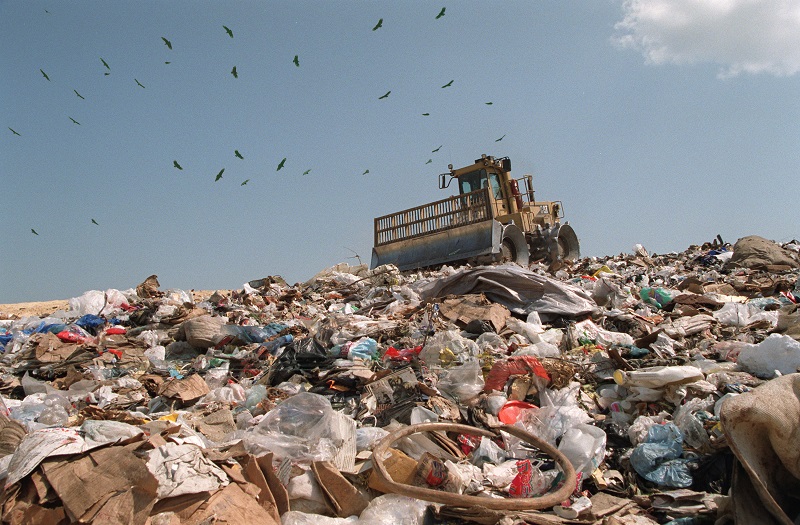
Waste from Food Processing and Packaging
Managing waste was one of the chief topics at the Food Systems Institute’s Future of Food Forum on March 3rd. Researchers and thought leaders from around the world gathered online and in person to discuss strategies for making food systems more circular—putting back into the system as much as we get out of it.
Dr. Ziynet Boz of the UF/IFAS Department of Agricultural and Biological Engineering talked about the problem of food packaging, which accounts for a great deal of food waste. She outlined a number of possible solutions, including smarter package design with better date labelling and portioning. We can also use blockchain technology to more accurately monitor and trace where waste occurs along the food system.
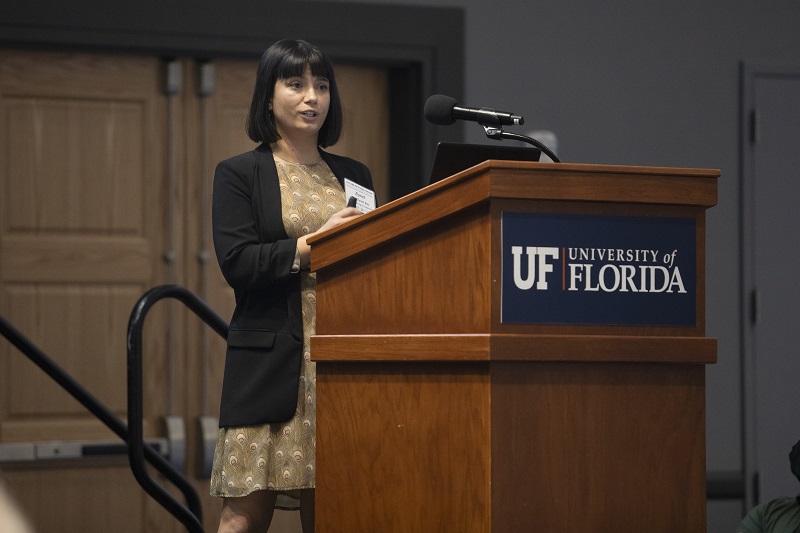
Another presenter at the forum, Mike Ferrari of the Consortium for Waste Circularity, proposed reducing landfills and incineration through intriguing new technology that can process food packaging into syngas, which can be converted to the biofuel methanol.
Food Loss on Farms
Some food never leaves the farm. Harvesting equipment can miss crops, or produce might be considered below market grade. Sometimes fluctuations in the market can leave farmers with more produce than they can sell. In the early days of the pandemic, we all saw heartbreaking news footage of vegetables being plowed under and milk being dumped—that’s what can happen when markets like schools and groceries stores stop buying food.
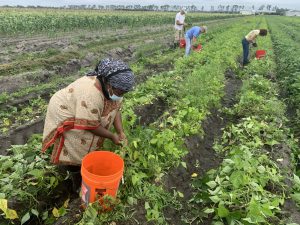
Some farmers mitigate this problem by turning leftover crops into feed for livestock. Others donate their surplus to charities. Many 4-H clubs and local Master Gardener programs volunteer to glean fields, and UF/IFAS often partners with faith-based organizations to gather crops left over from demonstration plots. This gleaned produce is donated to food pantries and food banks that serve communities in need. There are also tax incentives and liability protections for farmers who donate their unsold crops to charity.
Food Distribution and Access
Donating unused food not only reduces waste, but also helps to address the issue of food insecurity. While we are a food-rich nation, that doesn’t mean we all reap the same harvest. Some have more food than they need; others have not enough. More than 12 percent of U.S. households are food insecure. However, if we reduce food waste by just 15 percent, enough food would be saved to feed 25 million people.
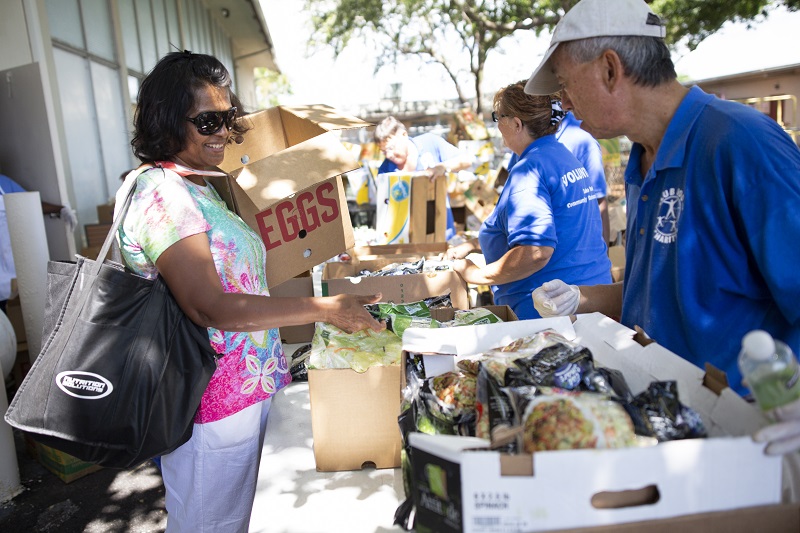
One way UF/IFAS Extension is active in this effort is through the Florida Nutrition Program. FNP partners with the MEANS Database, an online platform that connects those with excess food, such as grocery stores, co-ops and restaurants, with nearby emergency food providers who serve those in need. Since 2021, MEANS has recovered and redistributed 65,000 pounds of food for Floridians around the state.
Food Waste at Home
Most food waste occurs at the retail and consumer level. This is where Extension can be especially effective, providing restaurants, markets and families with information about how they can reduce their food waste while saving money.
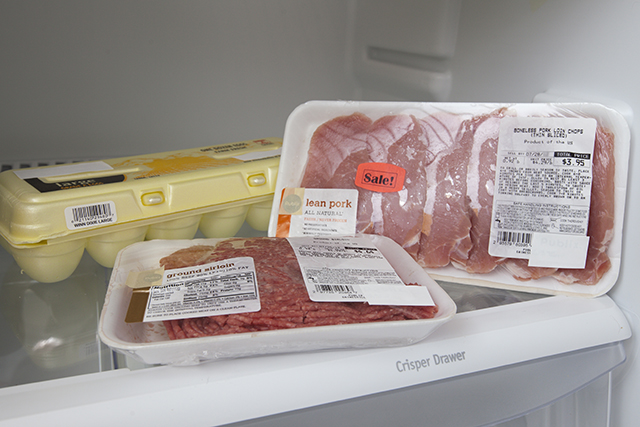
There are simple steps we all can take to get more out of the food we buy and reduce the loads going into landfills:
- Inventory what you’ve already got in the refrigerator and pantry before you shop.
- Plan your meals for the week to avoid impulse buying.
- Buy more ugly fruit! Tons of delicous, wholesome food is wasted because of consumer demand for “perfect” unblemished produce. We can change that perception.
- Learn more about food date labeling. Having something in your fridge a few days beyond its sell-by date doesn’t mean it has to go in the trash.
- Give your leftovers some love. Preserve food by freezing, canning or pickling.
Finally, there’s composting—it’s not only a solution to food waste, but also can be used to grow your own food. That’s the ultimate in circular food systems.
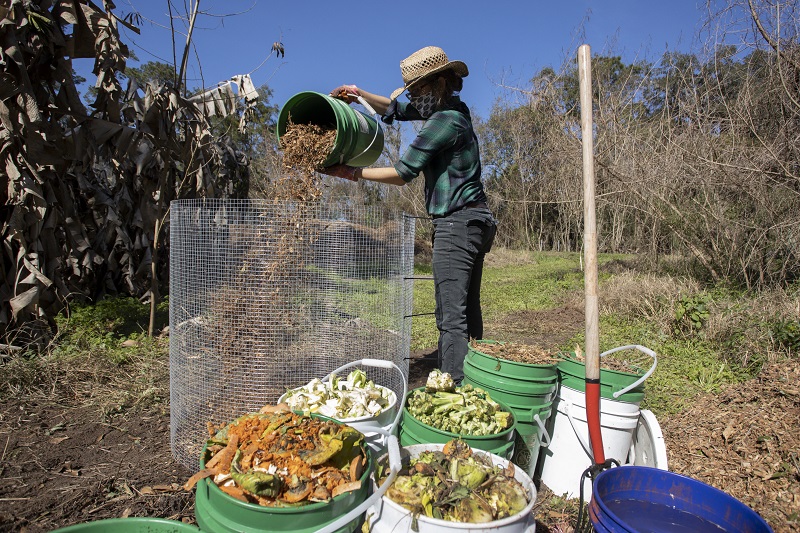
This Ag Day, it’s important to remember that food is more than just something that lands on our table. It comes to us through the people who grow, process, deliver and prepare it, using water, energy and other natural resources. The food we don’t eat has an impact on our society and our environment. It is much too precious to waste.
 0
0


